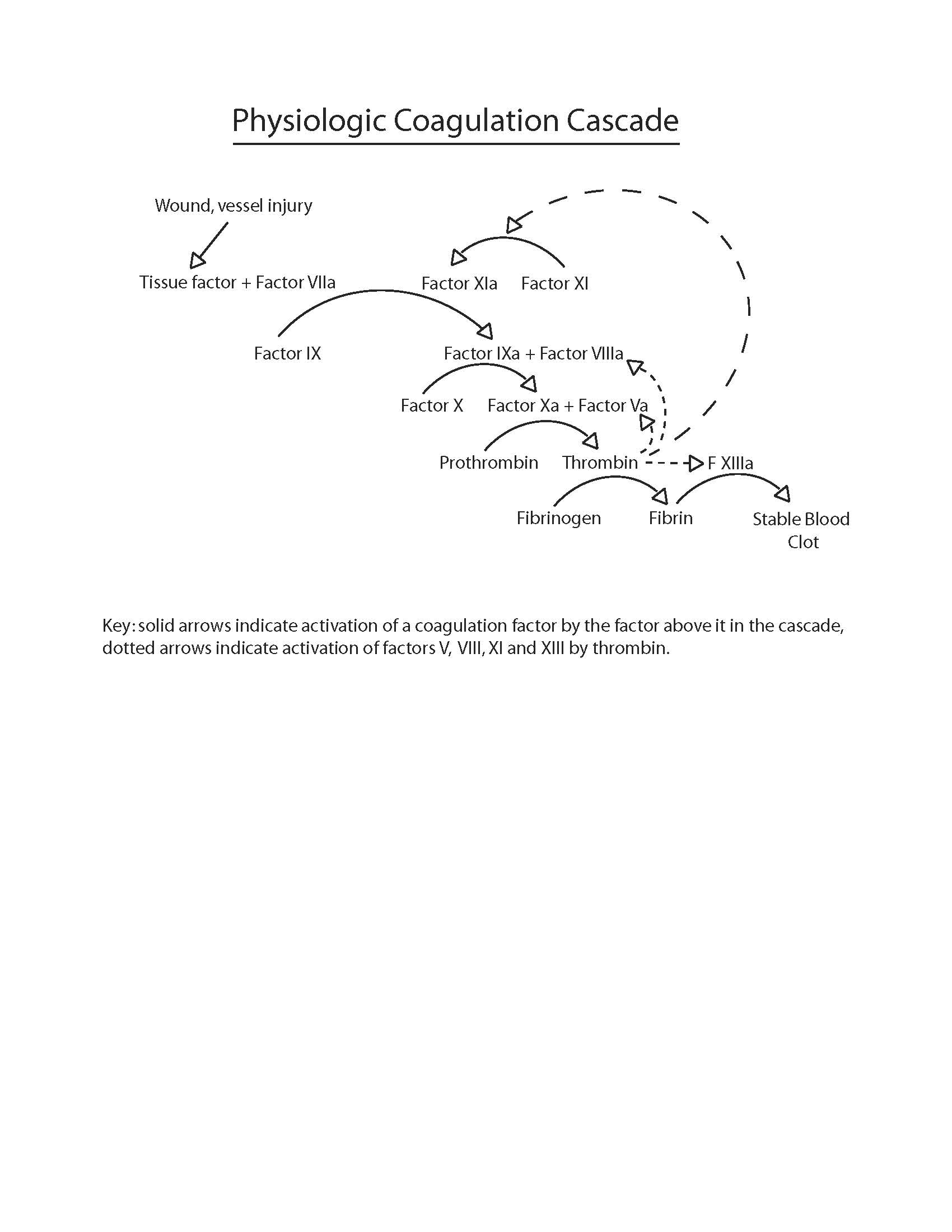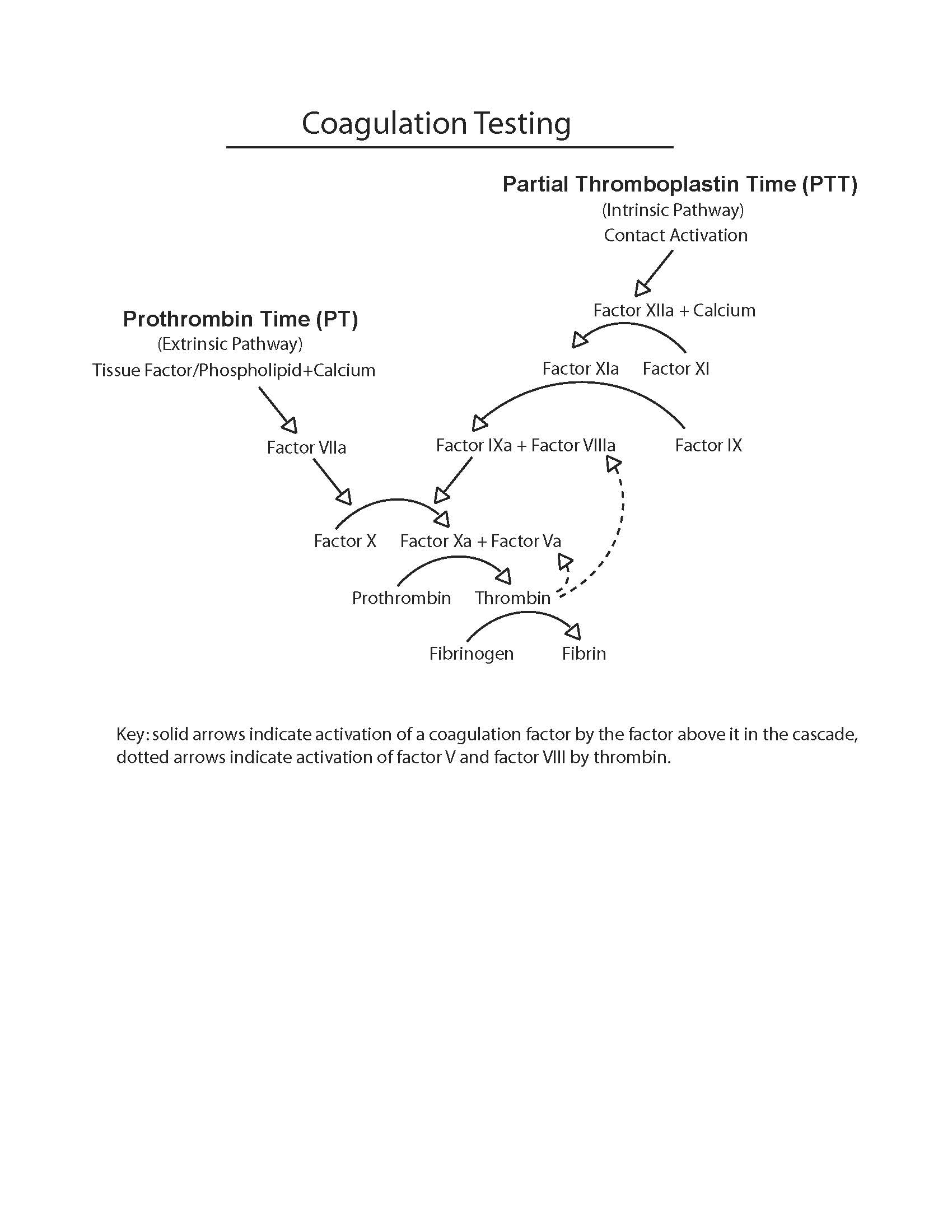
-
Testes
- 5-HIAA
- 17-Hydroxyprogesterone
- ACE
- Acetaminofeno
- Ácido metilmalônico
- Ácido Úrico
- Ácido valproico
- ACTH
- AFB Smear and Culture
- AFP Marcadores tumorais
- Albumina
- Aldolase
- Aldosterona e Renina
- Alfa-1 antitripsina
- Allergy Testing
- ALT
- AMA
- Amilase
- Amônia
- Análise da mutação do gene da FC
- Análise de líquidos corporais
- Análise do líquido amniótico
- Análise do Líquido Pleural
- Anticoagulante lúpico
- Anticorpo anti-Beta-2 Glicoproteína I
- Anticorpos anti-HIV
- Anticorpos anticardiolipina
- Anticorpos antifosfolípides
- Anticorpos antivírus Epstein-Barr
- Anticorpos tireoidianos
- Antiestreptolisina O
- Antígeno p24
- Antiglobulina, teste direto de
- Antiglobulina, teste indireto de
- Antitrombina
- Apo A-I
- Apo B
- ApoE Genotyping
- Aspirado e biópsia de medula óssea
- AST
- Autoanticorpos
- Autoanticorpos relacionados a diabetes
- Avaliação de risco cardíaco
- Bacterial Wound Culture
- Beta-2 microglobulina
- Bicarbonato
- Bilirrubinas
- BNP e NT-próBNP
- BRCA-1 e BRCA-2
- C-Reactive Protein
- CA 15-3
- CA 19-9
- CA-125
- Cálcio
- Calcitonina
- Carbamazepina
- Carga viral do HIV
- Catecolaminas, plasmáticas e urinárias
- CCP
- CD4 e CD8, contagem de linfócitos
- CEA
- Ceruloplasmin
- Cetonas no sangue
- Chemistry Panels
- Chloride
- Chromogranin A
- Cistatina C
- Citomegalovírus
- CK-MB
- Clamídia
- Clearance de creatinina
- Clostridium difficile e Teste para Toxinas de C. difficile
- Coagulation Cascade
- Colesterol
- Complemento
- Comprehensive Metabolic Panel
- Contagem de hemácias
- Contagem de leucócitos
- Contagem de plaquetas
- Contagem de reticulócitos
- Contagem diferencial de leucócitos
- Copper
- Coronavirus
- Cortisol
- Creatina quinase
- Creatinina
- CSF Analysis
- Cultura de urina
- Cyclosporine
- DCP
- Digoxina
- Dímero D
- Doença Celíaca
- Electrolytes
- Eletroforese de Proteínas e Imunofixação
- Emergency and Overdose Drug Testing
- Epidermal Growth Factor Receptor
- Eritropoietina
- Esfregaço de sangue
- Estimativa da filtração glomerular
- Estrógenos
- Etanol
- Exame de Papanicolaou
- Exames de anticorpos
- Exames do ferro
- Exames para anemia falciforme
- FAN
- Fator Reumatoide
- Fator V Leiden e protrombina G20210A
- Fatores de coagulação
- Ferritina
- Ferro
- fFN
- Fibrinogênio
- First Trimester Down Syndrome Screen
- Fosfatase alcalina
- Fósforo
- Frutosamina
- FSH
- Fungal Tests
- Gasometria
- Gastrin
- GGT
- Glicose
- Glicose-6-fosfato desidrogenase
- Gonorreia
- Gram Stain
- Haptoglobina
- hCG
- HDL Colesterol
- Helicobacter pylori
- Hematócrito
- Hemocultura
- Hemoglobina
- Hemoglobina glicada e glicemia média estimada
- Hemoglobina, variantes da
- Hemograma
- Heparin Anti-Xa
- Hepatite A
- Hepatite B
- Hepatite C
- Her-2/neu
- Herpes simples
- HLA-B27
- Homocisteína
- Hormone Receptor Status
- Hormônio do Crescimento
- HPV – papilomavírus humano
- Identificação de Anticorpos Anti-Hemácias
- IGF-1
- IMA
- Influenza Tests
- Insulina
- JAK2
- Lactato
- LDH
- LDL Colesterol
- LDL colesterol direto
- Lead
- LH
- Lipase
- Lítio
- Lp-PLA2
- Lp(a)
- Lyme Disease
- Magnesium
- Marcadores cardíacos
- Marcadores ósseos
- Marcadores tumorais
- Mercury
- Metais Pesados
- Metanephrines
- Microalbuminúria e relação microalbuminúria/creatinina
- Mioglobina
- Monitoramento de drogas terapêuticas
- Mono
- MRSA Screening
- Mycophenolic Acid
- Mycoplasma
- Nicotina / Cotinina
- O&P
- Osmolalidade
- Painel da Tireóide
- Parvovírus B19
- PCR Ultrassensível
- Peptídeo C
- Perfil hepático
- Perfil Lipídico
- Perfil Metabólico Básico
- Pericardial Fluid Analysis
- Peritoneal Fluid Analysis
- Pertussis
- Phenobarbital
- Phenytoin
- Plasma Free Metanephrine
- Platelet Function Tests
- Porphyrin Tests
- Potassium
- Prealbumin
- Procalcitonin
- Progesterona
- Prolactina
- Proteína C e Proteína S
- Proteínas totais e relação albumina/globulinas
- Proteinúria e Relação Proteína Creatinina
- PSA
- PSEN1
- PT and INR
- PTH
- PTT
- Quimiotripsina
- Red Cell Indices
- Resistência genotípica do HIV
- Rubella
- S-DHEA
- Sangue oculto fecal
- Sarampo e Caxumba
- Semen Analysis
- Serotonin
- SHBG
- Sífilis
- Sirolimus
- Smooth Muscle Antibody
- Sódio
- Soluble Mesothelin-Related Peptides
- Stool Culture
- Strep Test
- Subfrações de Lipoproteínas
- Susceptibility Testing
- Synovial Fluid Analysis
- T3
- T4
- Tacrolimus
- Tau/Aß42
- TB Skin Test
- TCA
- Teofilina e Cafeína
- Teste de Cloro no Suor
- Teste de Tolerância à Glicose
- Testes com multiparâmetros de expressão gênica para câncer de mama
- Testes de glicose para diabetes gestacional
- Testes para drogas de abuso
- Testes para varicela e herpes zoster
- Testosterona
- Thyroglobulin
- Tipagem sanguínea
- TORCH
- TPMT
- Trace Minerals
- Transferrina,Capacidade de ligação do ferro ( TIBC)
- Trichomonas
- Triglicerídeos
- Triple Screen or Quad Screen
- Tripsinogênio
- Troponina
- Trypsin and Chymotrypsin
- TSH
- Ureia
- Urinálise
- Urine Metanephrines
- Vancomicina
- VHS
- Vitamin K
- Vitamina B12 e folato
- Vitamina D
- VLDL
- VMA
- VSR
- West Nile Virus
- Zika Vírus
- Zinco Protoporfirina
Índice de Testes Não listado? Não listado? -
Doenças
- Acidente Vascular Cerebral
- Acidose e alcalose
- Alcoolismo
- Alergias
- Anemia
- Anemia Falciforme
- Angina pectoris
- Artrite
- Artrite Reativa
- Artrite Reumatoide
- Artrite Reumatoide Juvenil
- Artrite Séptica
- Asma
- Autoimunes, distúrbios
- Câncer de colo do útero
- Câncer de Cólon
- Câncer de mama
- Câncer de Ovário
- Câncer de Pâncreas
- Câncer de Próstata
- Câncer de Testículo
- Defeitos do Tubo Neural
- Deficiência de Vitamina B12 e Folato
- Deficiência de Vitamina K
- Desnutrição
- Diabetes
- Diarreia
- Distúrbios da hipófise
- Distúrbios hemorrágicos
- Distúrbios mieloproliferativos
- Doença Cardiovascular
- Doença celíaca
- Doença de Alzheimer
- Doença de Graves
- Doença de Huntington
- Doença de Lyme
- Doença Inflamatória Intestinal
- Doença Inflamatória Pélvica
- Doenças Cardíacas
- Doenças da Tireoide
- Doenças do Pâncreas
- Doenças Pulmonares
- Doenças renais
- Doenças Renais
- Doenças Sexualmente Transmissíveis
- Epilepsia
- Esclerose Múltipla
- Espondilite Anquilosante
- Fibromialgia
- Fibrose Cística
- Gota
- Gripe
- Hemocromatose
- Hepatite
- Hipercoagulabilidade
- Hiperplasia Prostática Benigna
- Hipertensão Arterial
- Icterícia
- Infarto do Miocárdio e Síndrome Coronariana Aguda
- Infecção por HIV e AIDS
- Infecções do Trato Urinário
- Infecções Estafilocócicas de Pele e Staphylococus aureus Meticilina-Resistente (MRSA ou SARM)
- Infecções por fungos
- Infertilidade
- Insuficiência Cardíaca Congestiva
- Insuficiência Pancreática
- Insuficiência Suprarrenal e Doença de Addison
- Intoxicação por Chumbo
- Leucemia
- Linfomas
- Lúpus Eritematoso Sistêmico
- Má Absorção
- Malária
- Medula Óssea, distúrbios da
- Melanoma
- Meningite e Encefalite
- Menopausa
- Micobactérias não Tuberculosas
- Mieloma Múltiplo
- Neuropatia
- Osteoartrite
- Osteoporose
- Ovário Policístico
- Pancreatite
- Pneumonia
- Porfirias
- Proteinúria
- Resistência à insulina
- Sarcoidose
- Síndrome Antifosfolipídios
- Síndrome de Conn
- Síndrome de Cushing
- Síndrome de Down
- Síndrome de Fadiga Crônica
- Síndrome de Guillain-Barré
- Síndrome de Sjögren
- Síndrome Metabólica
- Sistema endócrino e síndromes endócrinas
- Talassemias
- Teste 18.05.23
- Tipos de Doença Hepática
- Tireoidite de Hashimoto
- Travelers' Diseases
- Tuberculose
- Úlcera Péptica
- Vírus da imunodeficiência humana
- Vírus do Oeste do Nilo
- Wilson's Disease
- Wound and Skin Infections
Índice de Estados clínicos/Doenças Não listado? Não listado? -
Rastreios de Saúde
- Exames de triagens na gravidez
- Exames de triagem de recém-nascidos
- Exames de triagem em bebês
- Exames de triagem para crianças de 2 a 12 anos
- Exames de triagem de adolescentes (13 a 18 anos de idade)
- Exames de triagem de adultos jovens (19 a 29 anos de idade)
- Exames de triagem para adultos (30 a 49 anos de idade)
- Exames de triagem a partir de 50 anos de idade
Recomendações de triagem Não listado? Não listado?



